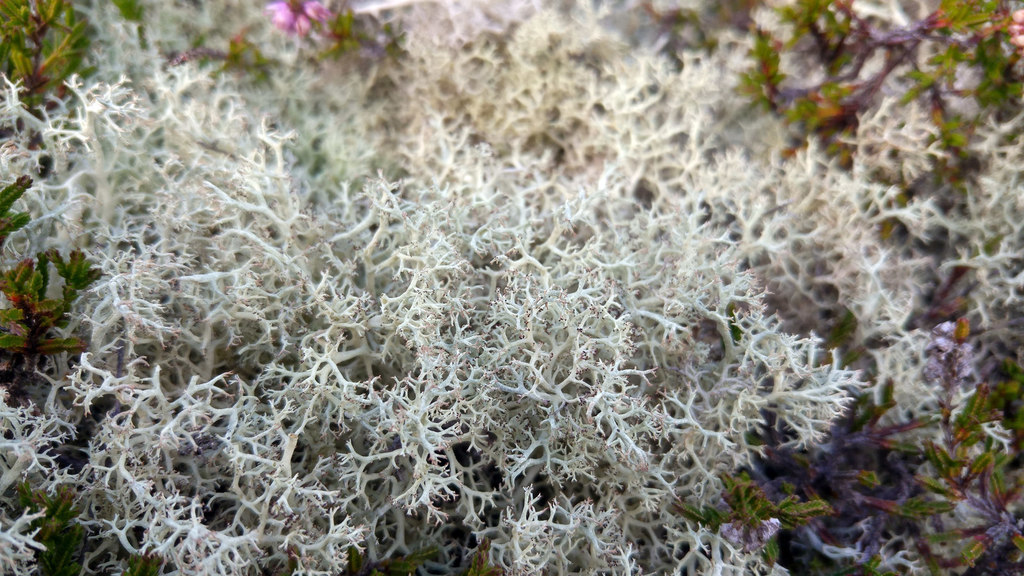Happy Earth Day!
Happy Earth Day!
Today is a celebration of our amazing planet: the Blue planet that is more ocean than land, the Goldilocks planet that is neither too hot nor too cold, the only place in the known universe where life exists! Today, we’re thinking about some of the amazing life forms that call our little part of the world home. When we think of biodiversity, or all the different types of life on Earth, many people think of tropical rainforests in Brazil or Africa. But there are so many incredible organisms right here in Newfoundland and Labrador, and since they’re right in our backyard, there are things that we can do to protect them and show our planet some love.
Arctic animals
In extreme environments like the Arctic, we find many unique creatures that often make their home in our province. This includes polar bears, the world’s biggest living bear, caribou (also known as reindeer ?) and beluga whales. For these species, Newfoundland and Labrador as basically as far south as they could possibly live. They’re adapted to the cold and they need a healthy Arctic environment in order to survive into the future. What can we do to protect the Arctic? The most important thing we can do is to curb climate change. The Arctic is not only an essential habitat for these amazing creatures, it’s also like the air conditioning for the planet, keeping us all cool and making sure things like storms and droughts don’t get too strong.
Lichens
In cool, wet parts of the world, we find an abundance of some incredible life forms called lichens. You’re probably pretty used to seeing them in NL! They come in many different shapes and sizes. Crustose lichens grow like mossy patches on rocks, poles and tree trunks, but are not often as pillowy as moss nor as green. Fruticose lichens look more like kelp and they are usually found hanging off tree branches or growing in clumps on rocks and stumps. The most famous among them might be the beard lichen which looks like greyish-white beards growing on tree branches. You might also recognize ghostly white “reindeer moss,” a favourite food of caribou that grows along the ground. Lichen is remarkable because it’s an ancient alliance formed between two different living things, an algae (like the slimy green stuff that grows in the pond) and a fungus (like mushrooms). These two work together to feed themselves and survive in places that other organisms just can’t handle, like bare rocks.

On the island of Newfoundland, researchers have been studying a species of lichen called the Boreal Felt lichen for about 25 years. It’s endangered and is found almost nowhere else in the world. Aside from a small group of them in Nova Scotia, 95% of the Boreal Felt lichens on Earth live on the island of Newfoundland. What can we do to make sure they don’t disappear forever? Well, lichens need habitat that is free from pollution. That means we need to be careful about cutting down trees, spraying pesticides on the forest and polluting the air if we want to protect them from extinction. Those sound like ways to keep us all healthy!
More resources:
Top 10 Endangered Animals In Arctic Tundra Region
Whales in Hot Water? A Call to Action
Boreal Felt Lichen Fact Sheet

Comment section